- What equipment do you have? Make and Model? If you purchased it from us, we should have a record for you.
- How old is the system?
- Are you running out of water with the same usage pattern as before when you didn’t run out?
- Is the water quality okay?
- When were the prefilter and post filter last changed?
- When, if ever was the membrane or RO filter changed?
- Are all of the valves turned on – Main supply valve, Leak Controller, Tank Valve?
- With all valves still turned on and you are experiencing the problem:
- Does the storage tank feel full? An empty tank weighs a couple of pounds – full, it may weigh up to 20#.
- Can you hear any water running at the unit?
- Open the faucet to drain the water from the system – it should slow to a steady drip or trickle
- Measure the water dripping from the faucet. You should get 1 cup in less than 5 minutes. How long to get 1 cup?
- This is the best time to take a water sample for purity. What is the Total Dissolved Solids measurement? (you may need to bring a sample to our office)
- Close the main supply valve, leaving the faucet turned on
- With the storage tank empty, measure the air pressure in the tank using a suitable tire gauge,etc. Air pressure should be 5-7 psi if the unit is under the sink, 10 psi if it is in the basement. Air pressure?
- Disconnect the drain line.
- Direct any water from the drain line to a bowl or other suitable collector
- Open the main supply valve
- Measure the water dripping from the drain line – How long to get 1 cup?
- Turn off the faucet
- Does the water dripping to drain stop within a few minutes?
- Don’t forget to reconnect everything and open all valves when finished.
- If these instructions do not make sense to you, we suggest you have one of our certified service technicians repair your system.
These tips are provided as a convenience for our customers to provide a guide for self service. They will not apply to all systems.
As always, be careful when working on water treatment systems. Double check that water is turned off before taking anything apart and that everything is reconnected properly before turning on the water.

